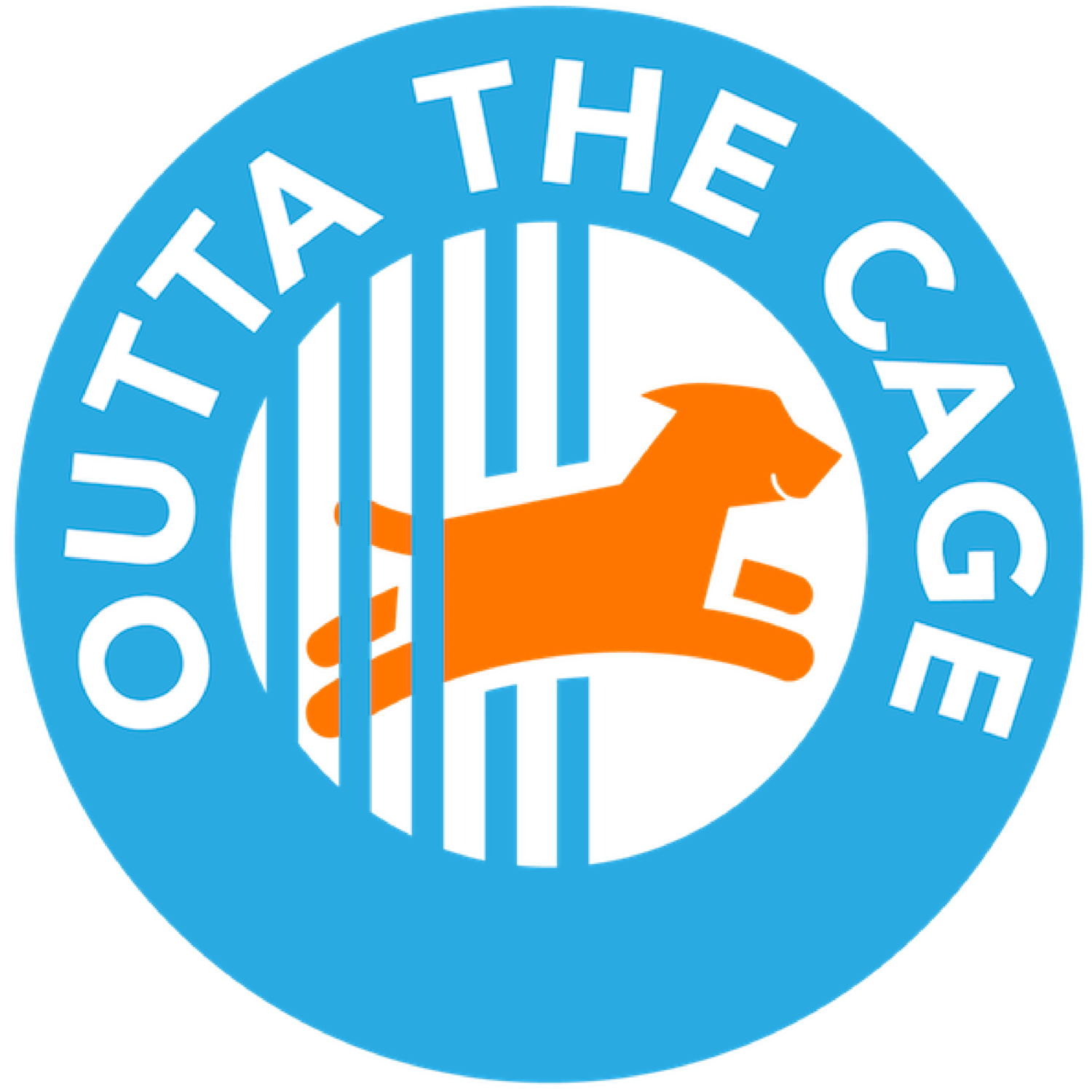Want to save more dogs and trees at the same time?
In which Jill fills describes the reality of animal shelters - both today and tomorrow.
I’ve always loved dogs. Some of my first memories are with family pets, and many of them (the memories and the pets) are hilarious.
Others are sad. Like when my dad, at his wit's end, took my dog Beau to the pound. Beau had jumped the fence one too many times. That’s when I learned what animal shelters do to dogs. Throughout my life I’ve adopted, rescued, fostered, and advocated on behalf of homeless animals. As my friends and family (and neighbors, and people in line at Starbucks, and the guy at my shoe repair) can tell you, I’m pretty adamant about pet adoption.
But only after I began volunteering at some of L.A.’s high-kill shelters did I start to comprehend what the future could be. Many shelters are run by good people who are trying to manage a system in which supply exceeds demand. Many are also dirty, loud, underfunded, short-staffed, often managed by overwhelmed public servants with little leadership training and no clear vision of what success looks like.
When I'm at shelters I routinely see long lines of people waiting to adopt a new pet. When it’s their turn, they are asked to complete paper-based forms in triplicate, sign liability waivers, consent to interviews, and wait until someone is available to show them a dog or cat.
It’s a bureaucracy, reliant on archaic processes and outdated information. At some shelters you'll find more staff in front of filing cabinets than out with animals. The phrase “take a number and be seated” is still alive and well at public shelters—as are “we don’t have anyone who can show you the animal” or “sorry, that one’s been put to sleep.” Many potential adopters leave shelters frustrated or worse, empty-handed.
This is where technology comes in. By entering the digital age—think doggie dashboards, real-time data feeds, and master data management for the canine set—and making information publicly available, shelters can save more lives. They can match animals to likely adopters, stem owner turn-ins through intervention and temporary foster programs, deploy low-cost spay and neuter services to zip codes with the highest surrender rates, and perform more targeted outreach based on public demographics and preferences.
I have done extensive ROI analysis on how applying digital technologies to the public shelter system can drive smarter workforce management, redistribute animals to lower-kill shelters with empty cages, predict adoptability, reduce or eliminate paper-based processes, and dramatically decrease euthanasia rates. Most public shelters still do this work manually, if they do it at all. The potential for automation to drive economies and accelerate animal save rates is indisputable. And there are shelters out there who would love to have it.
The opportunity to digitize for social good isn’t exclusive to animal shelters. It’s true for ensuring clean water in poor communities, reducing opioid abuse through targeted intervention, and curtailing rampant incarceration rates—to name a few public sector efforts currently powered by data.
In 2016 at a conference in New York, DJ Patil, America’s first Chief Data Scientist, introduced The Opportunity Project, an open data effort aimed at sharing information with civic leaders, teachers, and other community members to drive access to services and encourage community engagement.
“Always focus on the individual,” Patil told the audience. “There’s a social contract companies have with citizens, and vice versa. By understanding and using rich and available data, we can drive social change.”
It’s a new era of case management—whether the case represents a citizen, a customer, a patient, or your new family pet—and technology will be its salvation.
This post was originally published on CIO.com.

